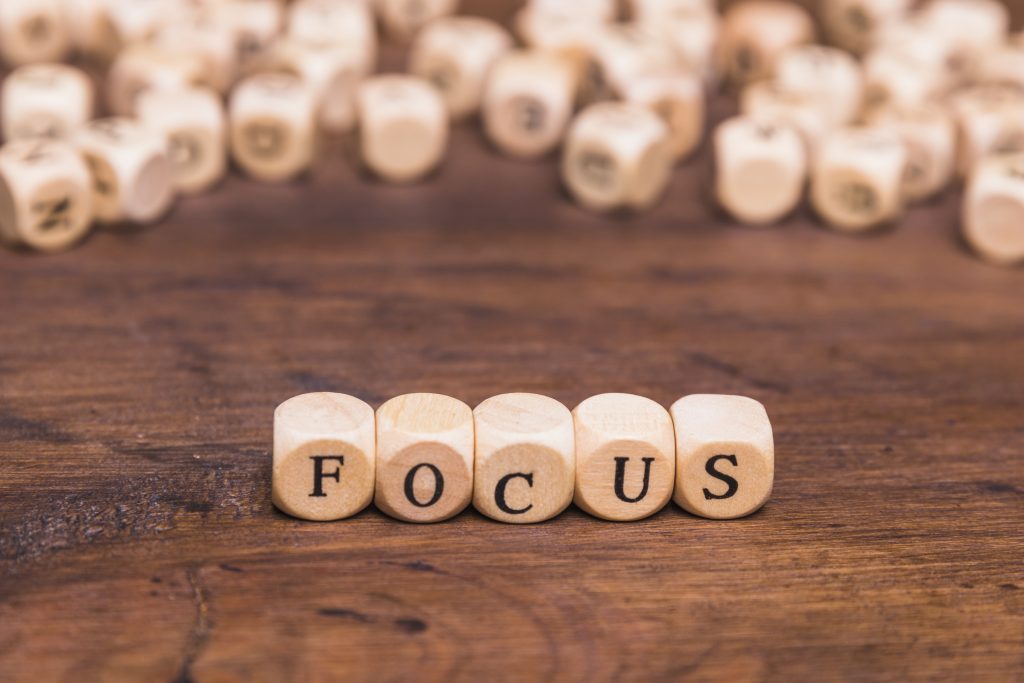In today’s hyperconnected world, the ability to focus has become one of our most vulnerable assets. Notifications, multitasking, digital overload, and mental fatigue constantly undermine our concentration. The result? A fragile state of focus that’s difficult to maintain and easy to lose. But there’s good news—focus isn’t gone; it’s just under siege. Understanding why focus is fragile and how to shield it is becoming a critical skill in both personal and professional life.
This article explores the emerging trends and tools surrounding attention management, and offers actionable strategies to protect and restore your ability to focus—one of the most valuable cognitive resources of our time.

The Fragility of Focus in 2025
Focus is no longer just about willpower. It’s a cognitive state affected by information flow, brain chemistry, and the environment we operate in. And right now, several trends are making it more difficult to sustain.
1. Constant Digital Interruption
From Slack pings to email alerts and social media scrolls, most people receive over 60 push notifications daily. A study by RescueTime found that the average worker checks their email or communication tools every 6 minutes. Each interruption can take over 20 minutes to recover from mentally, as our brain transitions between tasks—something cognitive scientists refer to as the “switching cost.”
2. Shallow Work Overload
Deep work—sustained, distraction-free concentration—is being replaced by what Cal Newport calls “shallow work”: reactive, non-cognitive tasks like replying to messages or browsing dashboards. These tasks fragment attention and make it harder to build focus stamina.
3. The Rise of Artificial Urgency
Many productivity tools now mimic slot-machine psychology, gamifying task completion with animations and rewards. This can be motivating but also reinforces short attention spans and creates an expectation of immediate engagement—weakening our ability to stay with more complex, longer-term efforts.
Why Focus Is Fragile and How to Shield It: Understanding the Root Causes
Before learning how to protect focus, it’s essential to know what makes it so vulnerable.
Cognitive Overload
The brain can only process so much information at once. When we’re bombarded by messages and tasks, we enter a state of cognitive overload, which reduces working memory and weakens decision-making. This state is especially common in knowledge workers and students who toggle between multiple platforms during the day.
Dopamine-Driven Behaviors
Apps are designed to deliver tiny hits of dopamine. Each “like,” notification, or achievement badge subtly reshapes our reward system, making the brain crave more stimuli and novelty, rather than sustained attention.
Lack of Mental Recovery
We often undervalue the role of rest. Yet, neuroscience shows that without downtime, the brain doesn’t consolidate memories or reset effectively. The default mode network (DMN)—a network of brain regions active during rest—is essential for creativity and long-term planning.
Trends in Focus Protection: What’s Changing in 2025?
Digital Minimalism 2.0
The early 2020s saw a wave of interest in digital detoxes. In 2025, the trend has evolved into what some call “Digital Minimalism 2.0”—an approach focused not on abstinence but on intentional design. Tools like Freedom, Reclaim.ai, and Centered are being used not just to block distractions but to proactively structure periods of deep focus.
AI-Powered Focus Tools
Emerging apps now use artificial intelligence to monitor cognitive states through webcam analysis or keystroke tracking. For instance, FlowSavvy dynamically reschedules tasks based on periods of peak cognitive readiness, reducing task-switching and improving task alignment with attention cycles.
Intentional Workspaces
As hybrid work becomes the norm, companies are redesigning both physical and virtual environments to support deeper focus. Quiet zones, asynchronous workflows, and calendar hygiene (blocking meeting-free hours) are being built into workplace culture to reduce mental fragmentation.
How to Shield Your Focus: 5 Practical Strategies
You don’t need to delete every app or live off the grid. Here’s how to shield your focus realistically:
1. Build “Focus Rituals” Into Your Day
Creating a mental warm-up for focused work tells your brain it’s time to concentrate. This can include:
- Setting a 2-minute timer to breathe and plan
- Closing unnecessary browser tabs
- Using a consistent workspace
2. Use the 90/20 Rule
Based on ultradian rhythm research, the brain naturally cycles between peak performance and fatigue every 90 minutes. Schedule deep work in 90-minute blocks followed by 20-minute breaks for mental recovery.
3. Reclaim Control of Notifications
Use built-in tools like iOS Focus Mode or Android’s Digital Wellbeing to silence nonessential alerts. Try batch-checking email three times a day instead of reacting in real-time.
4. Prioritize Asynchronous Communication
Tools like Loom or Notion allow team members to leave updates that don’t require immediate response. This reduces the constant ping-pong of chat-based interruptions and gives people space to concentrate.
5. Redesign Your Digital Environment
Audit your apps, tabs, and even desktop layout. Ask: Does this help or hinder my ability to focus? Consider using browser extensions like Tab Suspender or LeechBlock to eliminate digital clutter.
The Long-Term Payoff
Sustaining focus isn’t just about getting more done—it’s about creating mental space for insight, learning, and satisfaction. According to a Harvard study, people who spend more time in focused states report higher levels of fulfillment and fewer feelings of being overwhelmed or “mentally scattered.”
As AI, automation, and digital ecosystems expand, the ability to direct our attention intentionally will become a defining skill. Whether you’re a student, creator, entrepreneur, or knowledge worker, protecting your focus may be one of the most important investments you make in your future.
References
- Newport, C. (2016) Deep Work: Rules for Focused Success in a Distracted World. Available at: https://www.calnewport.com (Accessed: 23 June 2025).
- Harvard Business Review (2024) The Case for Asynchronous Work. Available at: https://hbr.org (Accessed: 23 June 2025).
- RescueTime (2023) The Cost of Context Switching. Available at: https://www.rescuetime.com (Accessed: 23 June 2025).






